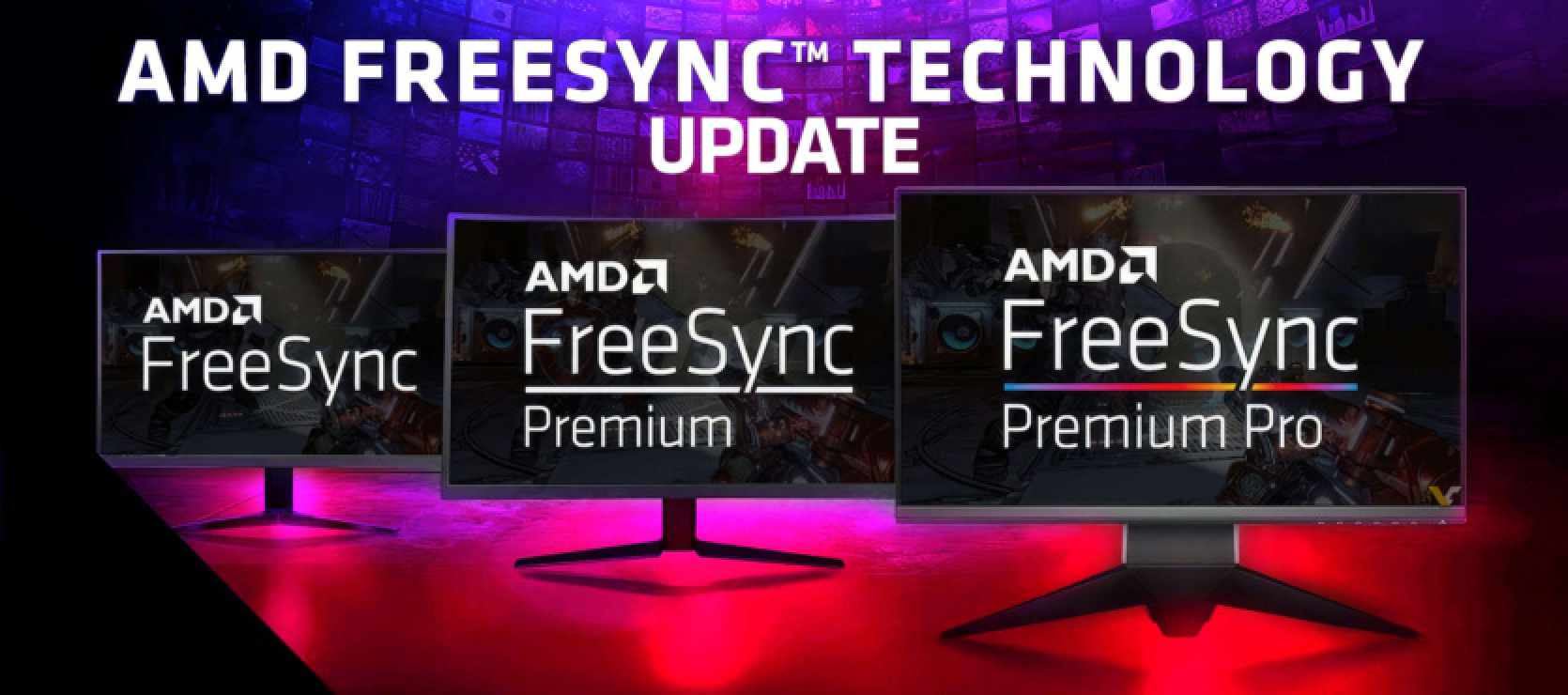First introduced in 2015, AMD's FreeSync technology has undergone several changes. The company offered its technology as an alternative to NVIDIA G-Sync and VESA VRR (Variable Refresh Rate) for tear-free operation, synchronizing the monitor's refresh rate with the graphics processor's capabilities.
Instead of releasing a new FreeSync specification, AMD is updating existing tiers to provide higher refresh rates. It is worth noting that FreeSync already had a second version, but AMD changed the naming scheme.
When the technology was first announced, monitors with a refresh rate of 120 Hz were rare. Today, a refresh rate of 144 Hz or higher is not uncommon for a gaming panel. However, the FreeSync specifications needed to be updated accordingly.
AMD is not changing the FreeSync specifications for laptop panels, the new changes will only affect monitors and televisions. The update was actually released in September 2023, but AMD is only now reporting it. It appears that AMD has raised the minimum FreeSync specifications for 1080p monitors (listed as 3440) to 144 Hz. Previously, the basic level did not have such a requirement.
For FreeSync Premium, monitors with resolutions up to 3440 must now provide at least 200 Hz, and monitors with higher resolutions (primarily 4K panels) must support a maximum refresh rate of 120 Hz. In both cases, this is higher than the previous mandatory 120 Hz refresh rate for FHD+ resolution.














Comments (0)
There are no comments for now